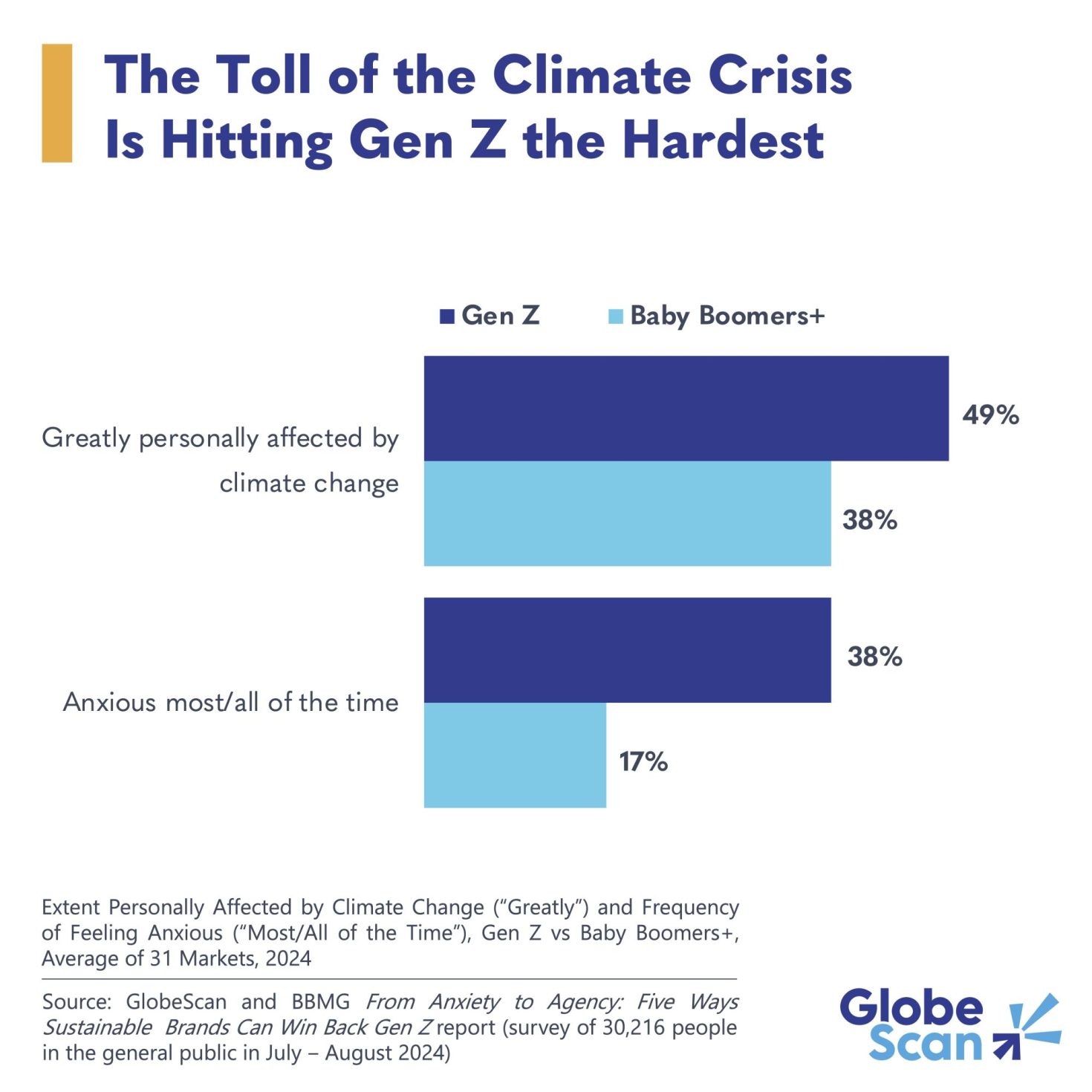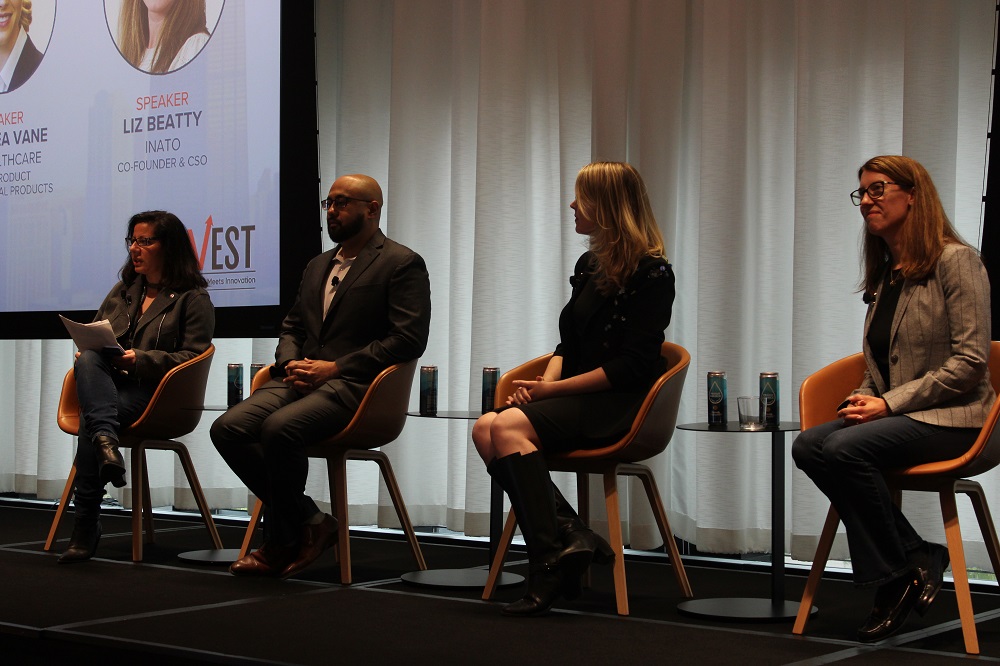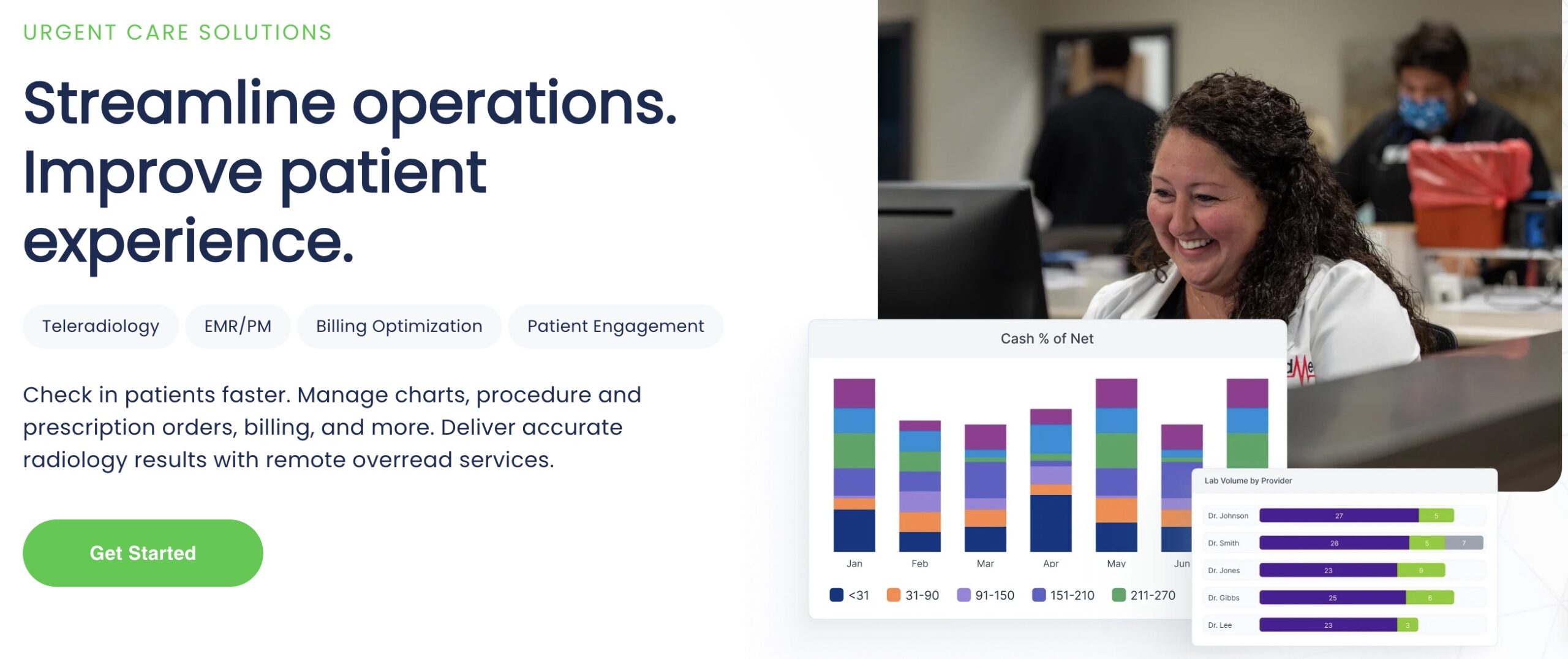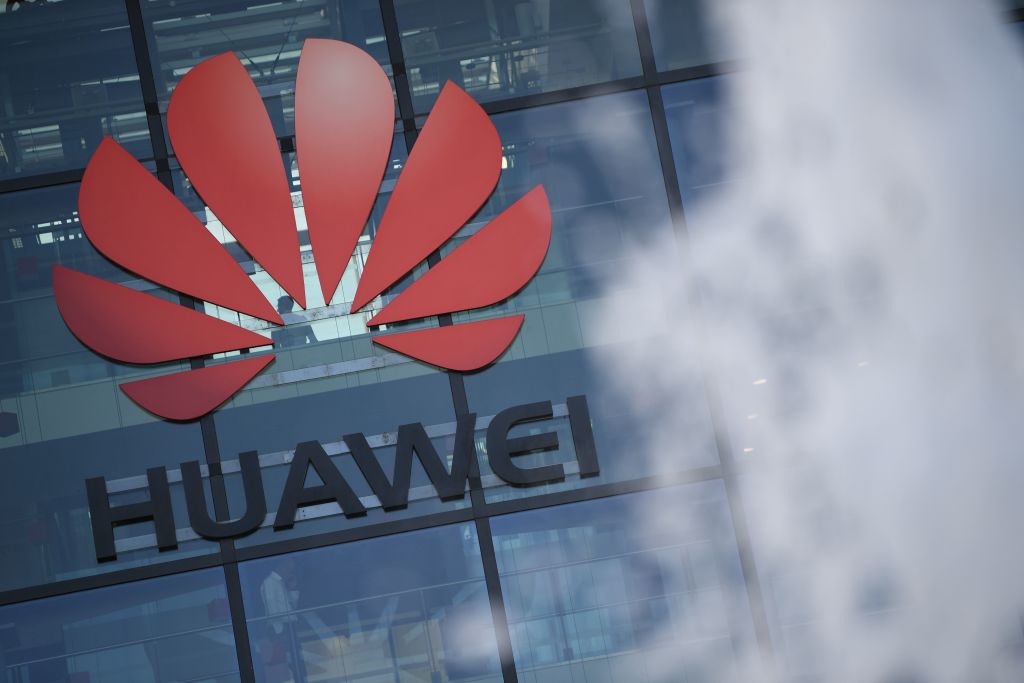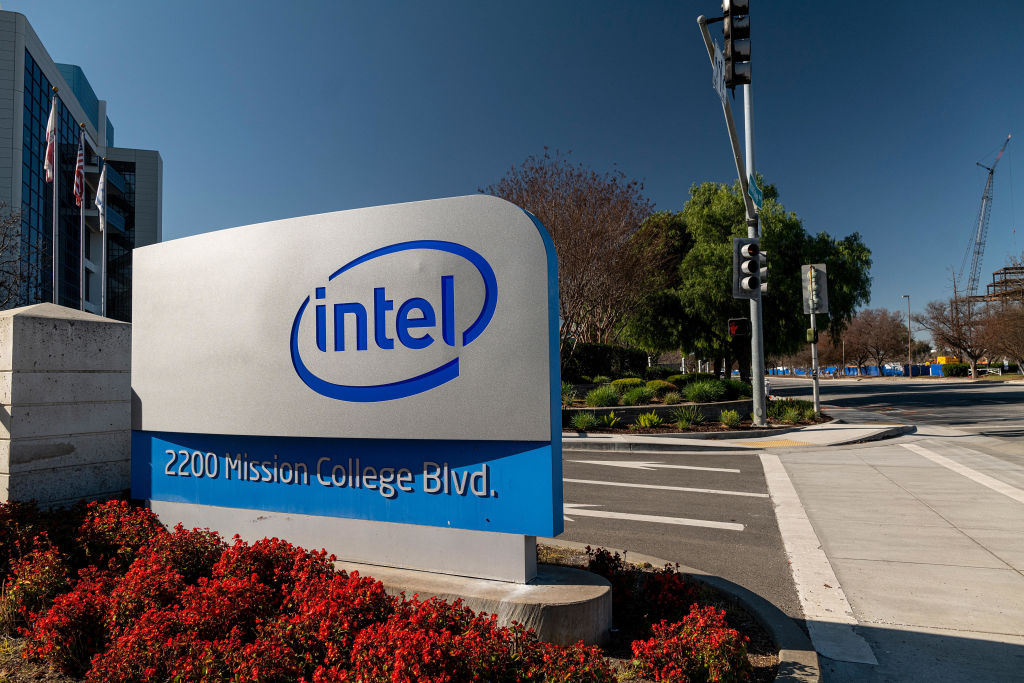Why AI Voice is Finally Making Noise in Healthcare
The following is a guest article by Zain Qayyum, Founder and Co-CEO at Medsender In most industries, the fax machine is considered obsolete technology. In healthcare, however, you’ll find some medical practices clinging to it. That’s because data doesn’t get more personal than protected health information (PHI), and violations for failing to comply with the […]

The following is a guest article by Zain Qayyum, Founder and Co-CEO at Medsender
In most industries, the fax machine is considered obsolete technology. In healthcare, however, you’ll find some medical practices clinging to it. That’s because data doesn’t get more personal than protected health information (PHI), and violations for failing to comply with the Health Information Portability and Accountability Act (HIPAA) can be financially and reputationally devastating.
Still, faxed details aren’t available right away, and timeliness is critical for both immediate treatment and keeping people on a healthy path. Further, if you’re a patient hoping for a medical answer, but you’re left waiting in a phone tree or playing endless rounds of voicemail tag, the experience can be highly discouraging.
Yet, healthcare is overcoming its technology apprehension and finding a solution with voice agents that harness AI (AI voice) to hold conversations that feel more natural. Already used in other industries for automating tasks in customer service and sales, AI voice has overcome the robotic sound and limited capabilities that made it unsuitable for healthcare.
In fact, the technology improvements have been so dramatic, it’s finally making noise in healthcare.
Reducing Frustration
Patients are finding relief with human-like AI voices. These “virtual receptionists” work 24/7 to handle patient scheduling by email, text, and voice. Updates to electronic health and medical records (EHRs and EMRs) are conducted in real time, so patient data is always immediately available and the chance of human error from manual processing is eliminated. Follow-up calls to patients can be automated, prescription refills routed and arranged – even billing and insurance questions can be resolved.
With AI voice, medical practices are boosting cost efficiency, too, reducing tasks like call handling as much as 80%, while simultaneously driving results like increased collection rates. With up to 30% of most medical practice budgets eaten up by administrative functions, automating rote tasks and alleviating workloads is a win for all involved: Practices raise profitability, employees can focus on higher value and more rewarding tasks, and patients see improvements in care and its delivery.
Convenience and Converts
Healthcare’s newfound acceptance can be largely credited to improvements in the voice quality used in AI solutions. Not only has it become more human, but the conversation is more fluid and there’s a wider variety of language options available. The cost has become lower as well, with no further hardware or software downloads required. Security and compliance problems have also been settled, removing barriers that have kept many technologies from being deployed.
Because time-consuming tasks like call handling can be reduced or avoided entirely, some practices are finding they no longer need an in-house or outsourced call center. This also resolves issues that have long plagued call center management, like employee turnover and onboarding and training of new staff. At smaller practices, front desk staff no longer must answer phone calls throughout the day or play phone tag with upset patients who had to leave voicemails.
These advancements have overcome healthcare’s hesitations when it comes to adopting new technology. With AI voice, patient communications are becoming more streamlined, and satisfaction is on the rise. And when it comes to encouraging adoption, easy user experiences and greater convenience, delivered more cost efficiently, is winning over patients, healthcare pros, and practice leaders.
Play Nice
When investigating AI voice agent solutions, it’s important to remember that research anticipates a clinical workflow solutions market of around $16 billion will hit approximately $30 billion by 2030. With investment money flooding the space, be wary of a gold rush scenario in which new vendors with untested technology emerge with hopes of making quick sales. So, in particular, look for these traits:
Flexibility
Ensure any AI voice solution easily integrates with EMRs and EHRs. This not only makes sure all data is accessible, but it also allows information to be viewed in real time. A solution should also work with key systems involved with patient scheduling, referrals, authorization, and overall practice management. This is what enables the automation of functions.
Simplicity
Using an out-of-the-box solution, an AI voice agent can be deployed in minutes. It should then be able to immediately field calls and work with other systems to automate a range of admin tasks. This is made possible by the AI being able to digest and synchronize data from unstructured sources, including phone, email, and fax, which then enables workflows to be automated and frees up employees.
Experience
You’re trying to build a technology base that can leverage AI to better your administrative operation. With this in mind, seek providers with established histories in both workflow automation and AI, and how these technologies work best within healthcare settings.
What’s more, it’s imperative that any AI voice solution play nice with tools used by other medical practices and key partners from pharmacies to technology providers. Without question, AI will have an impact on the future of medical operations, so be sure you have a platform that can take advantage of all the developments to come.
 About Zain Qayyum
About Zain Qayyum
Zain Qayyum is the Founder and CO-CEO at Medsender. He oversees the continued development of healthcare’s leading AI-powered workflow automation platform for providers.
















